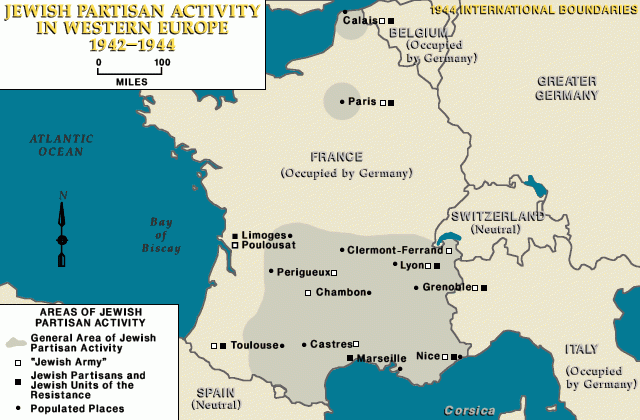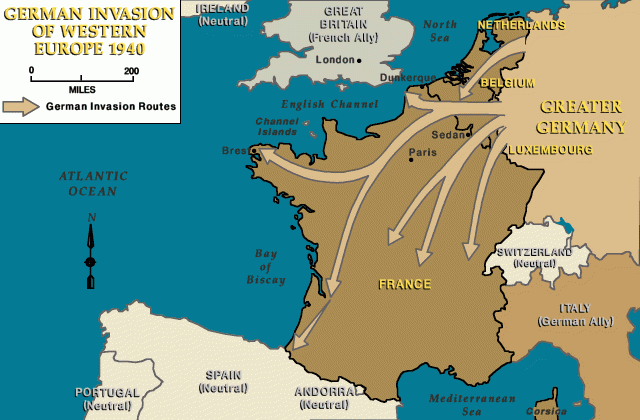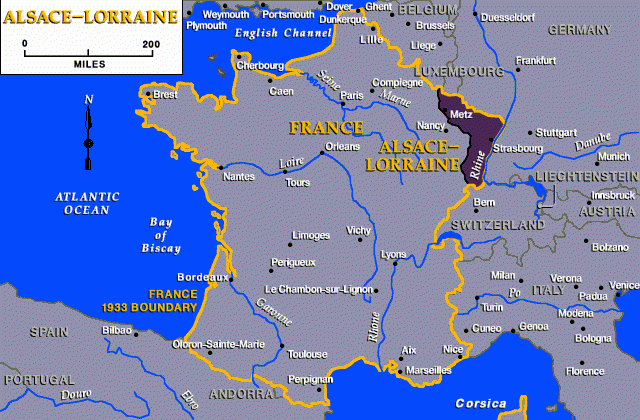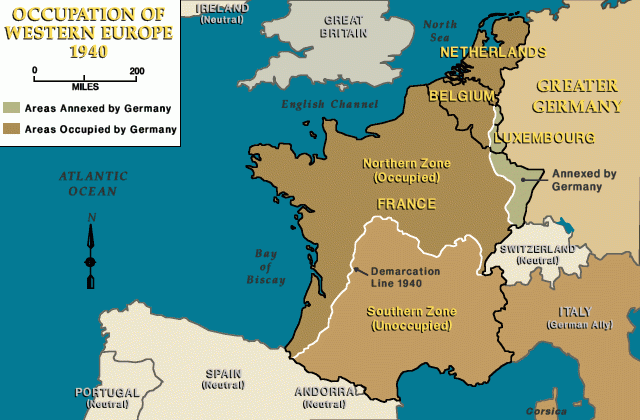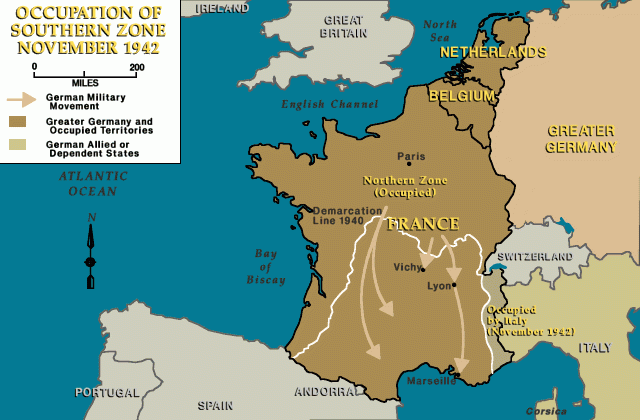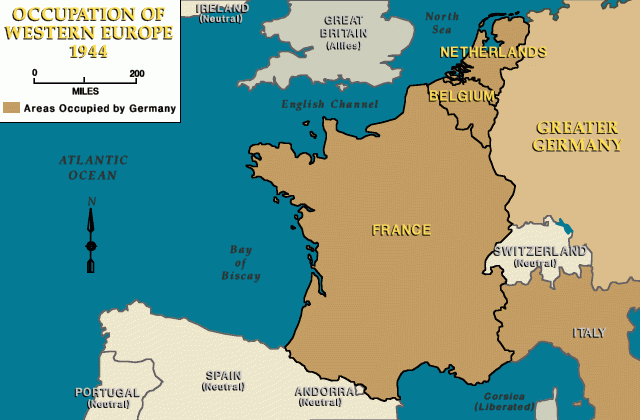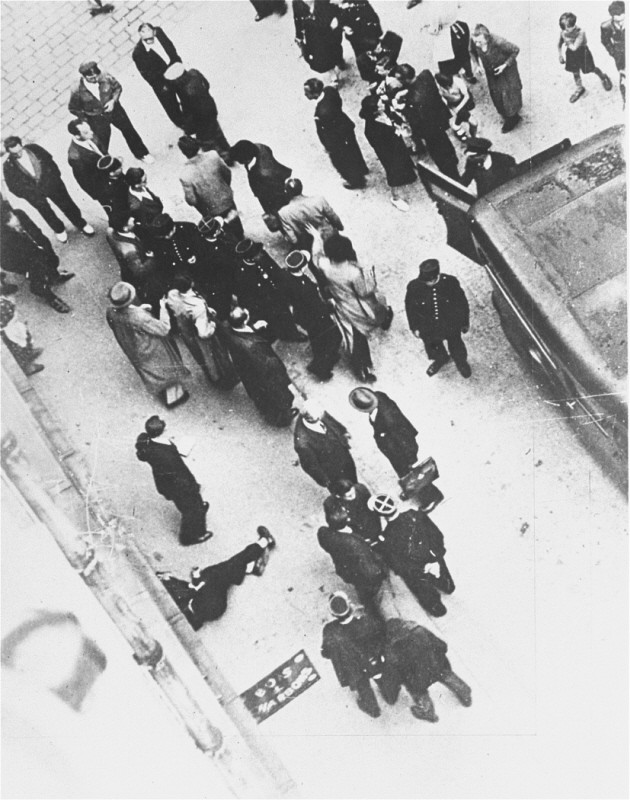
France
German policies varied from country to country, including direct, brutal occupation and reliance upon collaborating regimes. France was divided into occupied and unoccupied zones, with differing policies in each.
Key Facts
-
1
As part of the armistice agreement France signed with Germany on June 22, 1940, France was divided into occupied and unoccupied zones. Germany occupied northern France and all of France's Atlantic coastline down to the border with Spain.
-
2
A new French government was established in Vichy in the unoccupied southern part of the country. The Vichy government declared neutrality, but it was committed by the armistice provisions to cooperation with Germany.
-
3
Vichy administrators promulgated antisemitic legislation, “Aryanized” Jewish property, interned thousands, and periodically rounded up thousands of foreign and French Jews to transport to transit camps and, later, usually to Auschwitz, where most were murdered.
France between the Wars
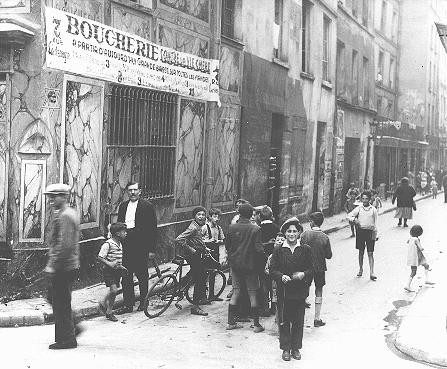
During the interwar period, France was one of the more liberal countries in welcoming Jewish immigrants, many of them from eastern Europe. After World War I, thousands of Jews viewed France as a European land of equality and opportunity and helped to make its capital, Paris, a thriving center of Jewish cultural life.
In the 1930s, however, unnerved by a significant influx of refugees fleeing Nazi Germany and the Spanish Civil War, the leaders of the French Third Republic (1870-1940) began to reassess this “open-door” policy. By 1939 French authorities had imposed strict limitations on immigration and set up a number of internment and detention camps for refugees, such as Gurs and Rivesaltes, in southern France.
German Invasion
When the Third Republic collapsed under German attack in the early summer of 1940, there were approximately 350,000 Jews in France. Less than half of them were French citizens. Many of these individuals were refugees who had fled Nazi persecution in the Third Reich; Jews and other endangered persons fleeing oppression in German-occupied Belgium, Luxembourg, and the Netherlands soon joined them in the summer of 1940.
German forces invaded France on May 10, 1940. On June 22, 1940, France signed an armistice with Germany which went into effect on June 25, 1940. Under the terms of the armistice, Germany annexed the provinces of Alsace and Lorraine which shared borders with Germany and had long been a bone of contention between the two countries.
The German army occupied the remainder of northern and western France and administered this occupied zone in conjunction with occupied Belgium under the leadership of a “military commander” (Militärbefehlshaber). From October 1940 until March 1942, General Otto von Stülpnagel held this position. His cousin, General Karl-Heinrich Stülpnagel, became Military Commander of Belgium and Northern France in March 1942 and held this position until his arrest after the July 20, 1944, attempt to assassinate Hitler.
As early as the winter of 1940-1941, however, the SS and police had established an apparatus on von Stülpnagel's staff in occupied France. SS Colonel Helmut Knochen served as Commander of Security Police and SD (Befehlshaber der Sicherheitspolizei und des SD, BdS); and SS Captain Theodor Dannecker represented the Jewish affairs office of the Reich Central Office for Security (Reichssicherheitshauptamt, RSHA), under command of SS Lieutenant Colonel Adolf Eichmann. In March 1942, with the replacement of the Military Commander in occupied France and Belgium and in preparation for the deportation of the French Jews, Reichsführer-SS Heinrich Himmler appointed SS Major General Carl Oberg as Higher SS and Police Header (Höherer SS- und Polizeiführer, HSSPF) for German-occupied France.
Vichy Regime

Until November 1942, southern and eastern France remained unoccupied. A French collaborationist government, headquartered in the city of Vichy, in the Auvergne, governed unoccupied France.
In July 1940, the French National Assembly voted to suspend the constitution of the Third Republic and placed the new “Vichy regime” under the leadership of the aging Marshal Henri Philippe Petain, French hero of the Battle of Verdun in World War I. Pierre Laval, a former Socialist politician who cultivated good relations with Otto Abetz (the German Foreign Office representative in Paris), functioned as the acting chief of government for most of the period of German occupation.
In theory, measures of the Vichy government applied to all of France. However, only in unoccupied France could the new government actually govern autonomously. Officially neutral, Vichy France collaborated closely with Germany. Under Petain and Laval, the Vichy government followed a nationalist and “pre-French Revolutionary” agenda, replacing the ideals of “liberty, equality, and fraternity” [“Liberté, égalité, fraternité!”] with “work, family, and country.”
In the autumn of 1940, Vichy administrators promulgated antisemitic legislation, closely patterned on that of German anti-Jewish decrees and ordinances in place in the German-occupied zone. The so-called "Statut des Juifs" (“Jewish Statute”), passed in two sections in October 1940 and June 1941, excluded Jews from public life, regulated their dismissal from positions in the civil service and the military, and barred them from occupations in industry, commerce, and the free professions (including medicine, law, and teaching).
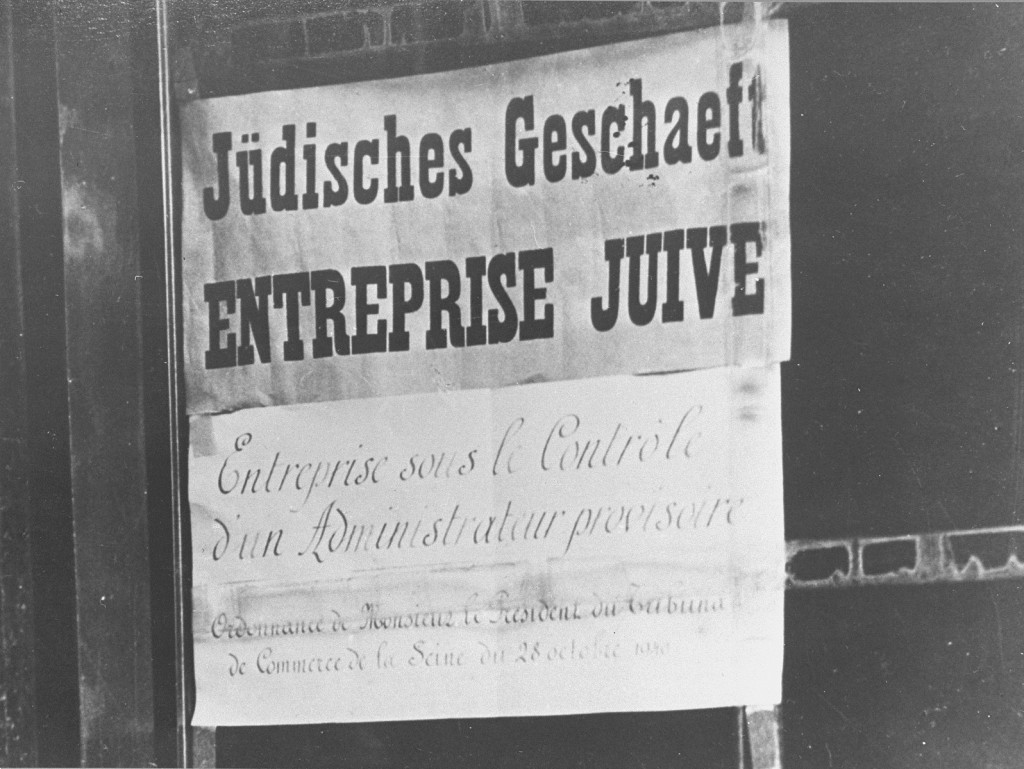
In March 1941, the Vichy government created a central agency, the General Commissariat for Jewish Affairs (Commissariat Général aux Questions Juives), to coordinate anti-Jewish legislation and policy. Anxious to ensure that material goods and assets confiscated from the Jewish population did not fall into German hands, the Laval government, in July 1941, instituted an extensive program of "Aryanization," appropriating Jewish-owned property for the French state. Aryanization left most Jews in France destitute, affecting foreign Jews particularly severely. French authorities interned thousands of Jews under deplorable conditions in French-administered detention camps—Gurs, Saint-Cyprien, Rivesaltes, Le Vernet, and Les Milles—where at least 3,000 individuals died during the war years.
Deportations
Following the Wannsee Conference of January 20, 1942, German authorities prepared for the deportation of Jews from France and other western European countries. The appointment of Oberg in March 1942 accelerated the process: an initial transport of more than 1,000 Jews left from Compiègne for Auschwitz on March 27, 1942. On May 29, 1942, German authorities issued a decree—to take effect on June 7—that Jews in occupied France wear the yellow star.
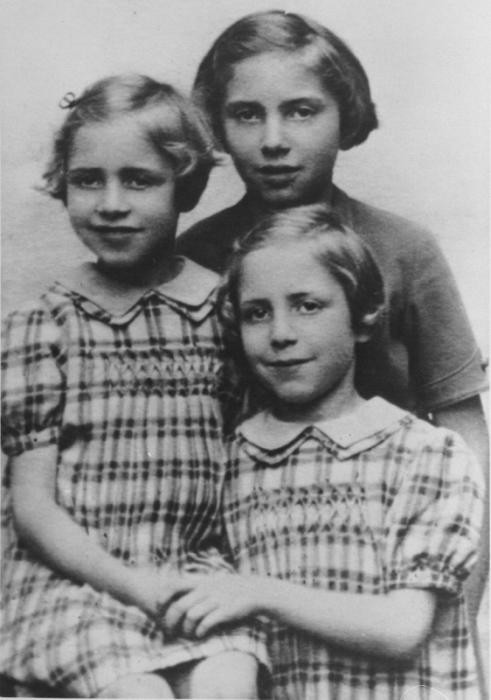
After securing the agreement of the Vichy government, German officials and French police conducted round-ups of Jews in both occupied and unoccupied zones of France throughout the summer of 1942. Under the direction of Rene Bousquet, Secretary General of the Vichy police, French police arrested 13,000 Jews in Paris on July 16 and 17, 1942, interning them for several days under appalling conditions in the Vélodrome d'Hiver sports arena. As Vichy policy dictated that initial deportation convoys from France carry only adult Jews to the East, police razzias literally tore families apart, as parents, grandparents, and elder siblings were separated from younger children at collection points and at French or German assembly camps.
By late summer, French authorities altered their policy in favor of deporting whole families. After this time transports included children and juveniles in convoys to the east.
By the autumn of 1942, some 42,000 Jews had passed through the Drancy transit camp on the outskirts of Paris. Nearly one third of these individuals came from unoccupied France. A significant percentage of these victims were foreign or stateless Jews, sacrificed by the Vichy government in a vain attempt to spare France's indigenous Jewish population. The final destination of these deportees was Auschwitz, where the SS murdered the vast majority by means of poison gas shortly after their arrival.
Deportations of Jews from France in the summer and fall of 1942 spurred significant protest within the Catholic Church, a mainstay of the Petain regime, and among the general population. The brutal nature of the roundups, such as the razzia and incarceration in the Velodrome d'Hiver, stirred public anger. The initial decision to separate children from their families during the deportation process met with particular criticism.
The calculated strategy of the Vichy administration to collaborate with German deportation efforts in order to gain more independence for unoccupied France had failed. The Petain government's willingness to surrender foreign Jews in hopes of shielding French Jewish nationals had increasingly obligated Vichy officials to fill all deportation quotas demanded by German authorities, who did not concern themselves with the niceties of nationality and citizenship.
Italian Zone
In November 1942, German troops occupied Vichy's formerly “free zone.” As German allies, Italian forces had occupied the southeastern corner of France in 1940. As elsewhere in territories they controlled, Italian authorities refused to enforce antisemitic legislation seriously, or to hand over Jews to Germans officials, despite repeated German demands. Thousands of Jews sought and received protection in the Italian zone until its occupation by German forces with Italy's surrender in September 1943.
Resumption of Deportations
German authorities reinstituted transports of Jews from France in January 1943 and continued the deportations until August 1944. In all, some 77,000 Jews living on French territory perished in concentration camps and killing centers—the overwhelming majority of them at Auschwitz—or died in detention on French soil. One third of these victims were French citizens.
While French officials did not hesitate to meet German quotas for deportations with foreign or stateless Jews living on their soil, they were less enthusiastic in sacrificing French Jews to German demands. As deportations resumed in 1943, German administrators noted that French police seemed less committed to rounding up indigenous Jews, while Laval himself refused to strip French Jews of their citizenship to facilitate deportation. Thanks to the obstruction of French officials, the vast majority of Jews with French citizenship survived the Holocaust.
Yet the cost paid in lives was still enormous. Historian Michael Marrus has noted that although the “'Final Solution' in France was a Nazi project from beginning to end,” it is unlikely that German authorities would have been successful in deporting such a large number of Jews from France without the aid and cooperation of French police and administrators.
Liberation of France
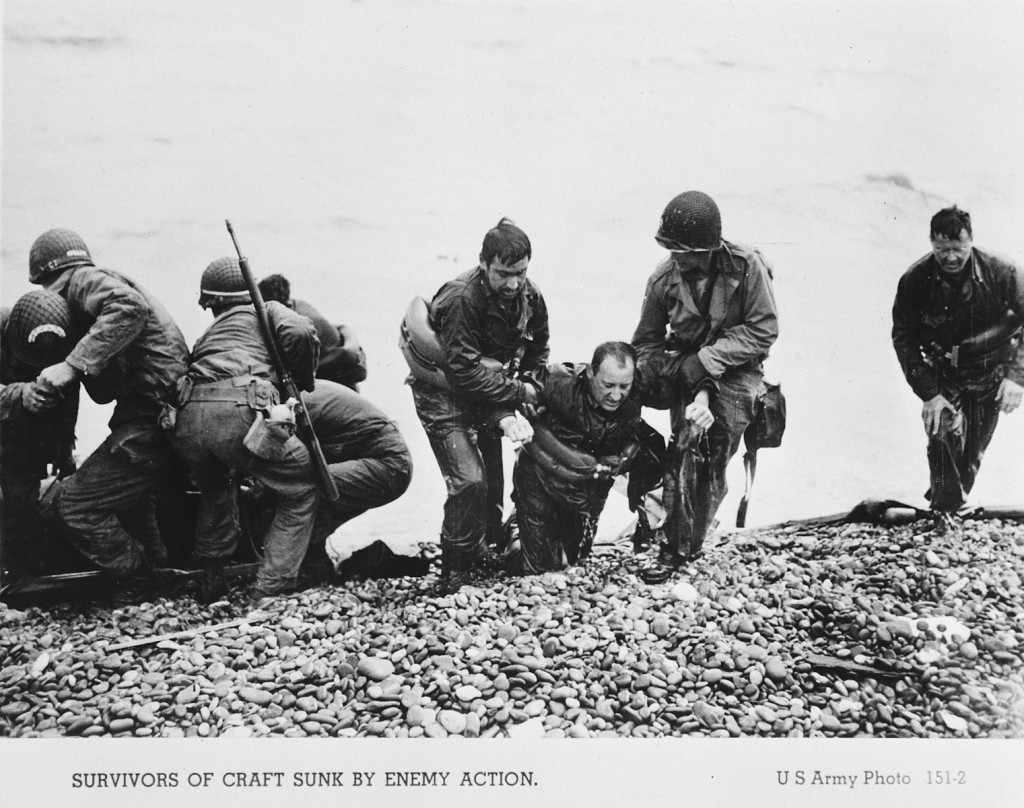
The Allied landing in Normandy on June 6, 1944, initiated the liberation of France. The French Résistance played a significant role in aiding Allied armies in this effort. Members of the French resistance movement came from every economic milieu and from every element of the political spectrum: conservative nationalists; Catholic and Protestant clergymen; members of the beleaguered Jewish community; liberal republicans, and activists from the socialist and communist Left.
During the time of the occupation, resistance cells had carried out sabotage and guerilla actions against German and collaborationist authorities, circulated identification papers and documents for Jews and other persecutees, and maintained escape networks for Jews, forced laborers, and Allied POWs and troops trapped behind German lines. Now resistance groups helped to speed the Allied advance against German forces. Within three months the country was free.
On August 25, 1944, German forces in Paris surrendered; on the following day, General Charles de Gaulle, leader of the Free French Forces (Forces Françaises Libres, or FFL) and President of the Provisional Government of the French Republic, marched triumphantly into the French capital.
Trials
Directly after liberation, the provisional government disbanded many of the collaborationist organizations, such as the Milice Francaise (French Militia), the most significant paramilitary group created to combat the French Resistance movement.
Following a wave of popular judgments and summary executions of collaborators, the provisional government began a series of trials against leading Vichy officials. Pierre Laval, French Minister of State under Petain, and Joseph Darnand, leader of the Milice, were convicted of treason and executed in October 1945. On August 15, 1945, Marshall Petain was also condemned to death on treason charges. Due to his services in World War I and to his advanced age (Petain was 89 at the time), de Gaulle commuted Petain's sentence to life imprisonment; he would die in 1951.
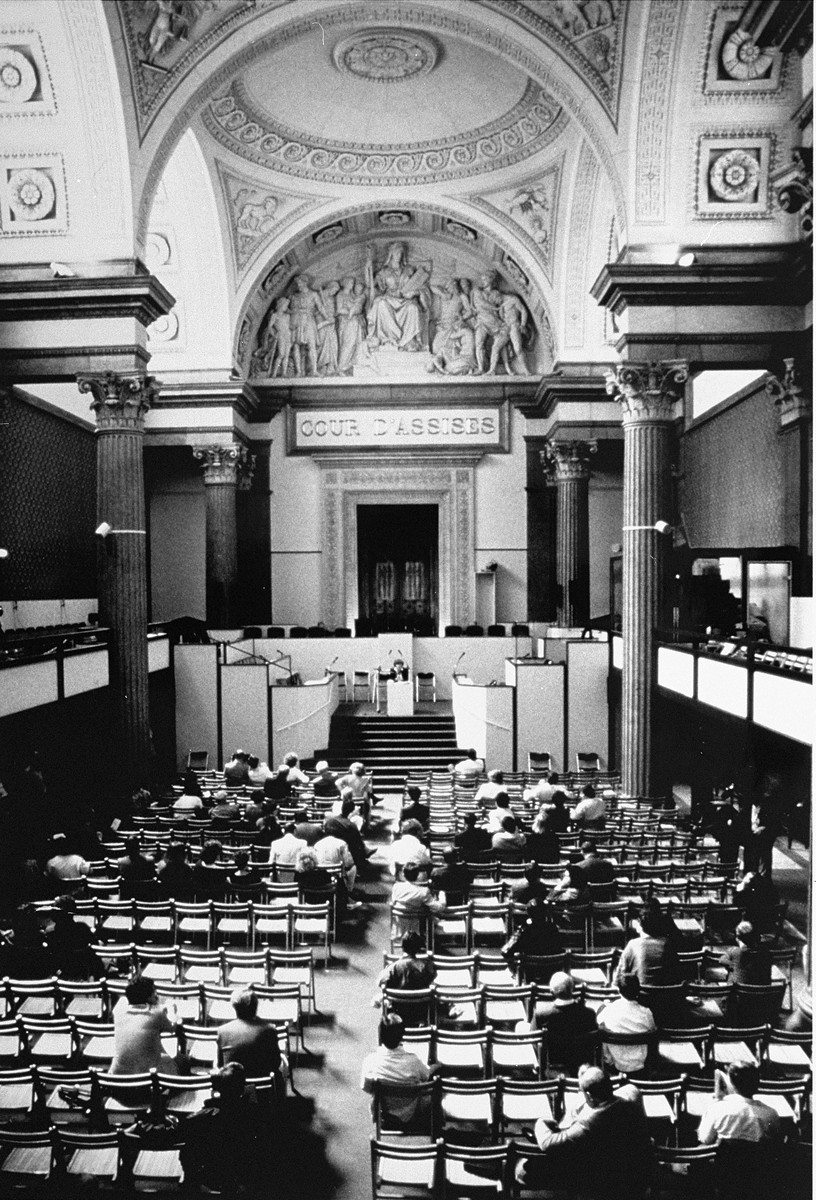
Beginning in the mid-1970s, French jurisprudence undertook efforts to prosecute several individuals on charges of crimes against humanity for their respective roles in the Nazi genocide. The first successful outcome of these efforts was the 1987 trial of Klaus Barbie, the “Butcher of Lyons,” whom a French court convicted and sentenced to life imprisonment primarily for his role in the deportation and death of Jewish refugee children hidden in the village of Izieu.
More significant, perhaps, were those proceedings against three Frenchmen and former Vichy officials involved in crimes against Jews or in the implementation of the “Final Solution” in France. In 1991, French justice authorities in Paris indicted Rene Bousquet, former Secretary General of the Vichy police, who in July 1942 negotiated the deportation of some 10,000 foreign Jews from the Unoccupied Zone and who in that same month ordered the notorious round-up by French police of some 13,000 Jews at the Vélodrome d'hiver in Paris. Christian Didier, a mentally ill individual who claimed to have made an attempt on the life of Klaus Barbie, assassinated Bousquet in his home in Paris on June 8, 1993, shortly before Bousquet's trial was to take place.
In 1994, a Versailles court convicted Paul Touvier, head of the Milice's Second Service, or intelligence branch, for the Lyons region, to life imprisonment for the murder of seven Jewish hostages at Rillieux-la-Pape, near Lyon. Touvier died of prostate cancer in 1996 in Fresnes prison near Paris.
In 1998, a court in Bordeaux convicted Maurice Papon for crimes against humanity for his participation in the deportation of over 1,600 Jews between 1942 and 1944 in his capacity as Secretary General for Police of the Prefecture of Bordeaux. Papon initially fled to Switzerland to elude his ten-year prison sentence, but was interned after his extradition to France in 1999. The 92-year-old was released on medical grounds in September 2002, and died in February 2007.
These proceedings suggest that the legacy of collaboration during “les années noires,” the “Dark Years” of the German occupation, still casts its shadow upon French politics and culture in the present day.
Critical Thinking Questions
How did the division of France under occupation affect the fate of the Jews there?
What pressures and motivations may have influenced French officials and citizens to collaborate with Nazi occupying forces?
Investigate the role of the French police during the occupation. What questions are raised about the roles of professionals during this history?



